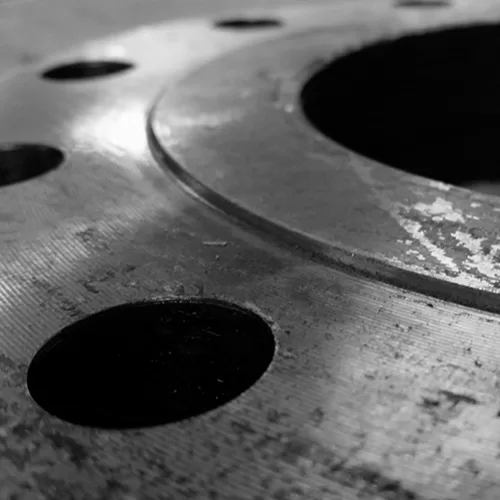Surface finish, also known as surface texture or surface topography, is the surface property consisting of surface roughness and waviness. Every manufacturing process, such as CNC milling, creates surface texture. This process is usually optimized to ensure that the resulting texture is usable. If necessary, additional passes will be added to modify the initial texture. The latter process can be grinding (abrasive cutting), polishing, grinding, sandblasting, honing, electrical discharge machining (EDM), milling, photolithography, industrial etching/chemical milling, laser texturing or other processes.
There is no one way to achieve a specific surface finish, as both the machining process and secondary finishing operations affect surface finish. Contact a member of our team to discuss the best procedure for completing your part.

SURFACE FINISHES OF CNC MACHINED PARTS
In CNC machining, the surface finish of a part determines how well it adheres to its surroundings. A typical “as machined” surface will feel smooth “after processing” (Ra3.2), but sometimes there will be obvious marks. This surface is suitable for most parts; however, in some cases, CNC-manufactured parts require a smoother, more aesthetically pleasing surface. For example, laser rangefinders used in medical beauty equipment. Such parts that directly contact human skin usually require very high surface finish.
But sometimes some parts need a rougher surface to work. For example, the seat post on a bicycle needs to have a high coefficient of friction so that it doesn’t slip while in use. Rougher surface finishes cannot be achieved by machining. At this time, it is necessary to carry out secondary treatment such as sandblasting or barrel grinding on the surface of the part.
HOW TO MEASURE SURFACE FINISH
There are manual and digital methods of measuring surface finish, but the most commonly used is the profilometer. Profilometers are one of the most accurate methods of measuring the surface finish of an area and can utilize a variety of profiling techniques from contact to non-contact.
